Understanding the Importance of Proper Air Conditioning Duct Installation for Energy Efficiency
In today's world, where energy efficiency is paramount, understanding the importance of proper air conditioning duct installation cannot be overstated. The efficiency of an HVAC system largely depends on how well its components work together, and the air conditioning duct system plays a crucial role in this process. A well-designed and correctly installed duct system ensures optimal airflow, maintaining consistent temperatures throughout the living space while minimizing energy waste.
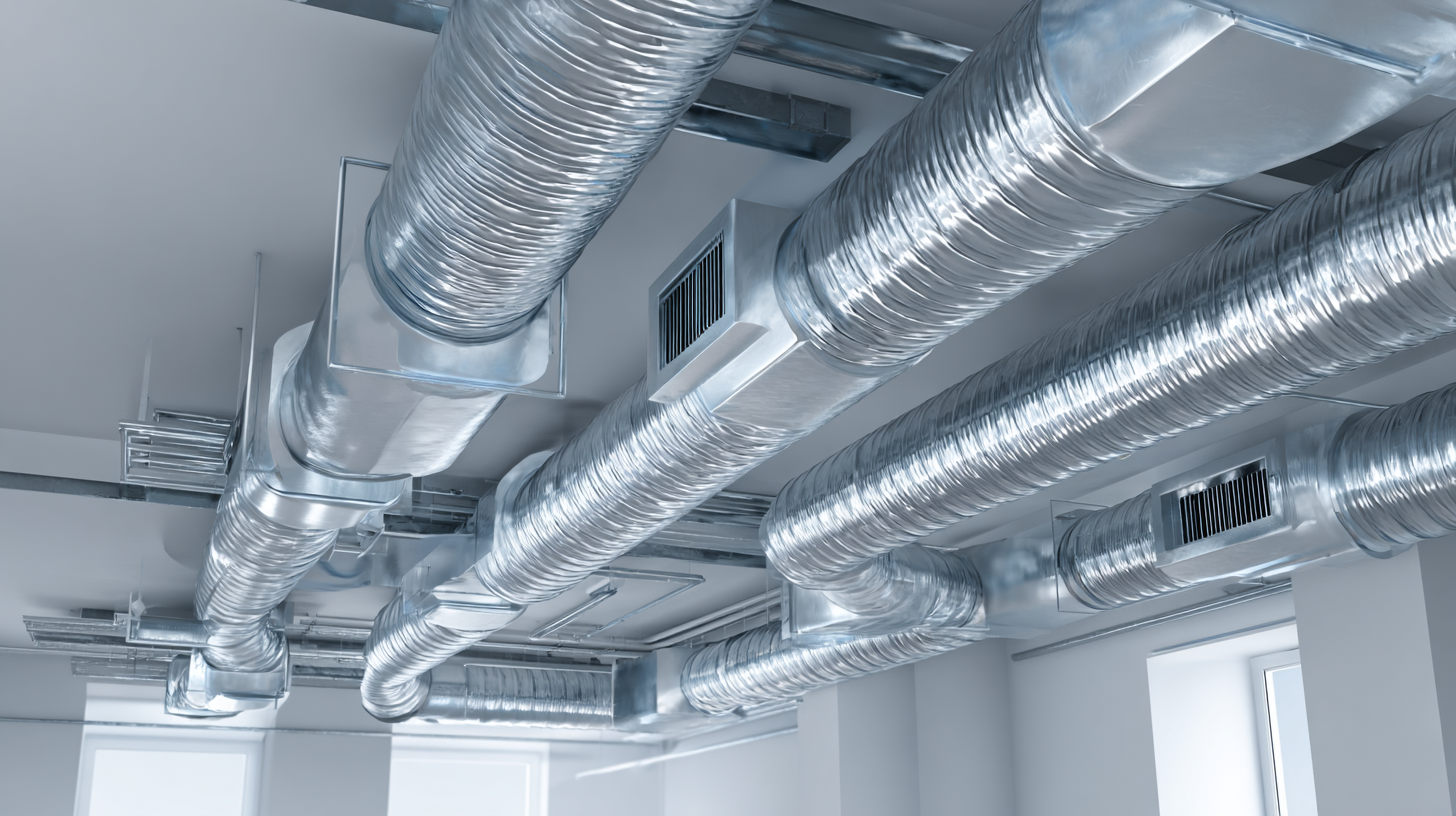
Poor installation can lead to air leaks, reduced efficiency, and increased energy costs, which is why it's essential to prioritize quality workmanship. By examining the best practices for air conditioning duct installation and their impact on overall energy efficiency, we can take significant steps toward reducing our ecological footprint and lowering utility bills. In this article, we will explore the key factors to consider for achieving a highly efficient air conditioning duct setup that maximizes comfort and minimizes energy consumption.
The Impact of Proper Duct Design on HVAC System Efficiency (Energy Savings up to 30%)
 Proper duct design is crucial for maximizing the efficiency of any HVAC system. When ducts are installed correctly, they facilitate optimal airflow, which significantly enhances the system's performance. This means that homeowners can experience energy savings of up to 30%. Incorrectly sized or poorly insulated ducts result in temperature imbalances and air leaks, forcing the system to work harder than necessary. This not only increases energy bills but also reduces the lifespan of the HVAC equipment.
Proper duct design is crucial for maximizing the efficiency of any HVAC system. When ducts are installed correctly, they facilitate optimal airflow, which significantly enhances the system's performance. This means that homeowners can experience energy savings of up to 30%. Incorrectly sized or poorly insulated ducts result in temperature imbalances and air leaks, forcing the system to work harder than necessary. This not only increases energy bills but also reduces the lifespan of the HVAC equipment.
To ensure the effectiveness of your duct installation, consider these tips:
First, assess the size of the ducts to match the HVAC system’s capacity; oversized or undersized ducts can lead to inefficiencies. Second, invest in proper insulation for the ducts, especially those running through unconditioned spaces, to prevent energy loss. Lastly, schedule regular maintenance checks to identify and rectify any airflow issues or leaks before they escalate.
By focusing on proper air conditioning duct installation and design, homeowners can achieve greater comfort and significant reductions in energy costs. Implementing these practices not only benefits your wallet but also contributes to a more sustainable home environment.
Common Mistakes in Duct Installation That Reduce Airflow Efficiency
Proper air conditioning duct installation is crucial for maintaining optimal energy efficiency in HVAC systems. Common mistakes during installation can significantly reduce airflow, leading to increased energy consumption and higher utility bills. One prevalent error is improper sizing of ductwork. Ducts that are too small can restrict airflow, creating pressure imbalances that hinder the system's performance. Additionally, poorly sealed ducts can lead to leaks, causing conditioned air to escape before it reaches the intended areas, further diminishing energy efficiency.
Another common mistake is neglecting to account for the layout of the home when installing ducts. Inadequate planning can result in long duct runs that add resistance and reduce airflow to the furthest rooms. It's essential for homeowners to understand that solutions like closing vents in unused rooms can backfire, leading to increased pressure and discomfort elsewhere in the home. To ensure efficient operation, attention must be paid to every facet of duct installation, from the design to the execution, to avoid issues that could burden homeowners with unnecessary costs while undermining their comfort.
Understanding the Importance of Proper Air Conditioning Duct Installation for Energy Efficiency
| Common Mistakes in Duct Installation | Impact on Airflow Efficiency | Recommended Solutions |
|---|---|---|
| Improper duct sizing | Leads to restricted airflow and increased energy consumption. | Ensure ducts are sized according to system requirements and space needs. |
| Leaky ducts | Causes loss of conditioned air, reducing overall system efficiency. | Use duct sealant or mastic to repair leaks and improve airflow. |
| Poor insulation | Results in temperature loss and higher operational costs. | Apply insulation to all exposed ducts in unconditioned spaces. |
| Incorrect duct routing | Increases resistance and reduces airflow. | Design ducts to follow the most direct path with minimal bends. |
| Inadequate returns | Can create negative pressure and disrupt airflow. | Install sufficient return vents to balance air pressure. |
The Role of Duct Sealing and Insulation in Boosting Energy Efficiency
 Duct sealing and insulation play a crucial role in enhancing energy efficiency within air conditioning systems. Properly sealed ducts minimize the loss of conditioned air, ensuring that the cool or warm air produced by the HVAC system reaches its intended destinations without significant leakage. This not only improves indoor comfort levels but also reduces the overall energy consumption, leading to lower utility bills for homeowners.
Duct sealing and insulation play a crucial role in enhancing energy efficiency within air conditioning systems. Properly sealed ducts minimize the loss of conditioned air, ensuring that the cool or warm air produced by the HVAC system reaches its intended destinations without significant leakage. This not only improves indoor comfort levels but also reduces the overall energy consumption, leading to lower utility bills for homeowners.
Insulation around the ducts is equally important, particularly in unconditioned spaces such as attics and crawl spaces. Insulated ducts help maintain the temperature of the air as it travels through these areas, preventing unnecessary heat gain or loss. When ducts are well-insulated, the HVAC system doesn’t have to work as hard to maintain the desired indoor temperature, which further contributes to energy savings.
By investing in quality duct sealing and insulation, homeowners can significantly enhance the efficiency of their air conditioning systems, prolonging equipment lifespan and promoting a more sustainable living environment.
Importance of Professional Duct Testing for Optimal Performance (ASHRAE Recommendations)
Proper air conditioning duct installation is crucial for ensuring energy efficiency in residential and commercial settings. However, even with the best installation practices, ducts may still underperform if not properly tested. The ASHRAE (American Society of Heating, Refrigerating and Air-Conditioning Engineers) emphasizes the importance of professional duct testing to verify that the system operates at its intended capacity. This testing helps identify any leaks or blockages, ensuring that cooled or heated air is effectively distributed throughout the space.
Professional duct testing not only enhances energy efficiency but also improves indoor air quality. By detecting issues early, homeowners and businesses can avoid costly repairs and increase the lifespan of their HVAC systems. Moreover, compliant testing according to ASHRAE recommendations ensures that the ductwork meets industry standards, promoting optimal performance. Investing in professional testing is a proactive step toward maintaining an energy-efficient and comfortable environment, highlighting the essential role that well-executed duct testing plays in overall HVAC efficiency.
Understanding Energy Efficiency Through Proper Air Conditioning Duct Installation
This chart illustrates the impact of duct installation quality on energy efficiency. As the quality of installation improves from poor to excellent, there is a notable increase in energy efficiency, reaching up to 95% in optimal conditions.
Seasonal Maintenance Tips for Ensuring Duct Efficiency Year-Round
Maintaining efficient air conditioning ducts is crucial not only for a comfortable home environment but also for energy conservation. Seasonal maintenance can significantly impact the performance of your HVAC system. Regular inspections are essential; check for any visible signs of wear and tear, such as cracks or disconnections in the ductwork. Sealing these leaks will minimize the loss of treated air, ensuring that your system operates at its highest efficiency.
Another important aspect of duct maintenance is cleaning. Dust and debris can accumulate over time, obstructing airflow and reducing system effectiveness. Schedule professional cleaning at least once a year, especially before the cooling season begins. Additionally, changing air filters regularly will help maintain clean air and improve overall system performance. By committing to these seasonal maintenance tips, homeowners can enjoy improved energy efficiency, lower utility bills, and a longer lifespan for their air conditioning system.
Related Posts
-
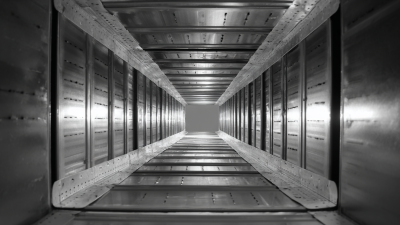
The Ultimate Guide to Understanding Air Conditioning Trunking: Benefits and Installation Tips
-
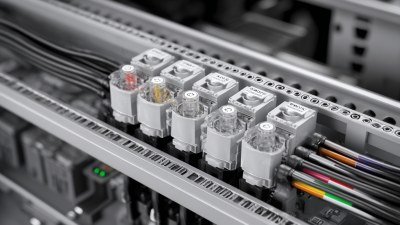
Exploring the Advantages of AC Trunking for Modern Electrical Systems
-
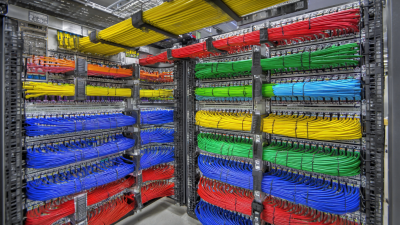
Understanding AC Trunking: A Comprehensive Guide to Efficient Cable Management Solutions
-

How to Choose the Right Residential Air Conditioning Installation for Your Home Comfort Needs
-
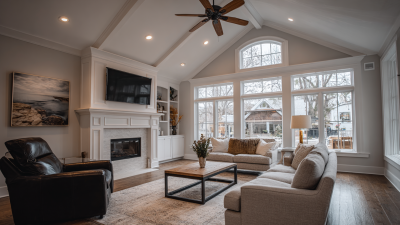
Ultimate Guide to Efficient Air Conditioning Installation for Your Home Comfort